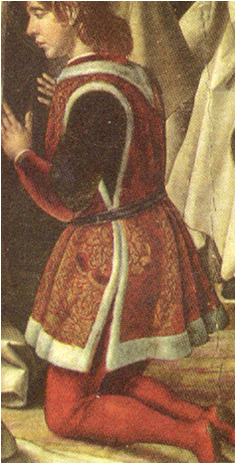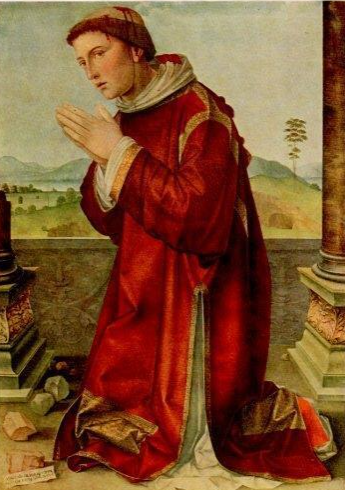What is a Paletoque?
The paletoque is a men's garment that played a fundamental role in the fashion of the Late Middle Ages and the Renaissance. Traditionally made from materials such as suede or wool, this coat symbolizes not only functionality and style but also the social status of those who wore it.
Origin and Evolution of the Paletoque
The paletoque, like many garments of its time, is enveloped in the rich history of medieval fashion. Originating in the Late Middle Ages, its use spread into the Renaissance period, where it evolved in design and purpose. The Royal Spanish Academy (RAE) describes it as a "capotillo," highlighting its characteristic as a protective cloak, similar in function to other styles such as the surcoat and the hopalanda.
Distinctive Features of the Paletoque
- Extended Length: Unlike its contemporaries, the paletoque is characterized by its length, which surpasses the waist. This quality notably differentiates it from the doublet and brings it closer to outerwear such as the over garment.
- Unique Sleeves: Over time, the paletoque acquired different configurations in its sleeves, which were initially short and, in some of its later uses, even disappeared completely.
- Contextual Variants: There is a notable contrast in the use of the paletoque based on age and social status. Young people preferred shorter versions, while older individuals opted for longer versions that reached down to the feet. The sleeves, when present, varied between short and notably long and flowing.

History and Influence of the Paletoque
In the 15th century, this garment was widely used, sharing similarities with the huca and the jornea. They were made by joining two pieces of fabric at the shoulders, often with floating sleeves. However, in the 16th century, the paletoque fell out of favor among the nobility, becoming relegated to the clothing of artisans and peasants. The adaptation of the paletoque over the centuries demonstrates an evolution parallel to the social, economic, and cultural changes of medieval Europe.
Materials and Style
The making of the paletoque in "rich fabrics," as well as its occasional lining in velvet, denotes the user's status. These choices of materials and adornments were not purely aesthetic but reflections of the role of clothing as a symbol of wealth and prestige. Beyond its function as outerwear, the paletoque also possessed a practical component, evidenced by details such as the laces found in some models, suggesting a design focused on everyday functionality.

Cultural Significance of the Paletoque
The paletoque not only represents a historical garment but also a reflection of the social context in which it developed. Its evolution and use over the years, from a garment of nobility to a symbol of the working class, offers insight into the social dynamics of the time. This capotillo provides a window into the ideals of fashion, function, and status in its golden days, remaining a testament to the changing styles and trends of clothing in medieval and Renaissance Europe.
















